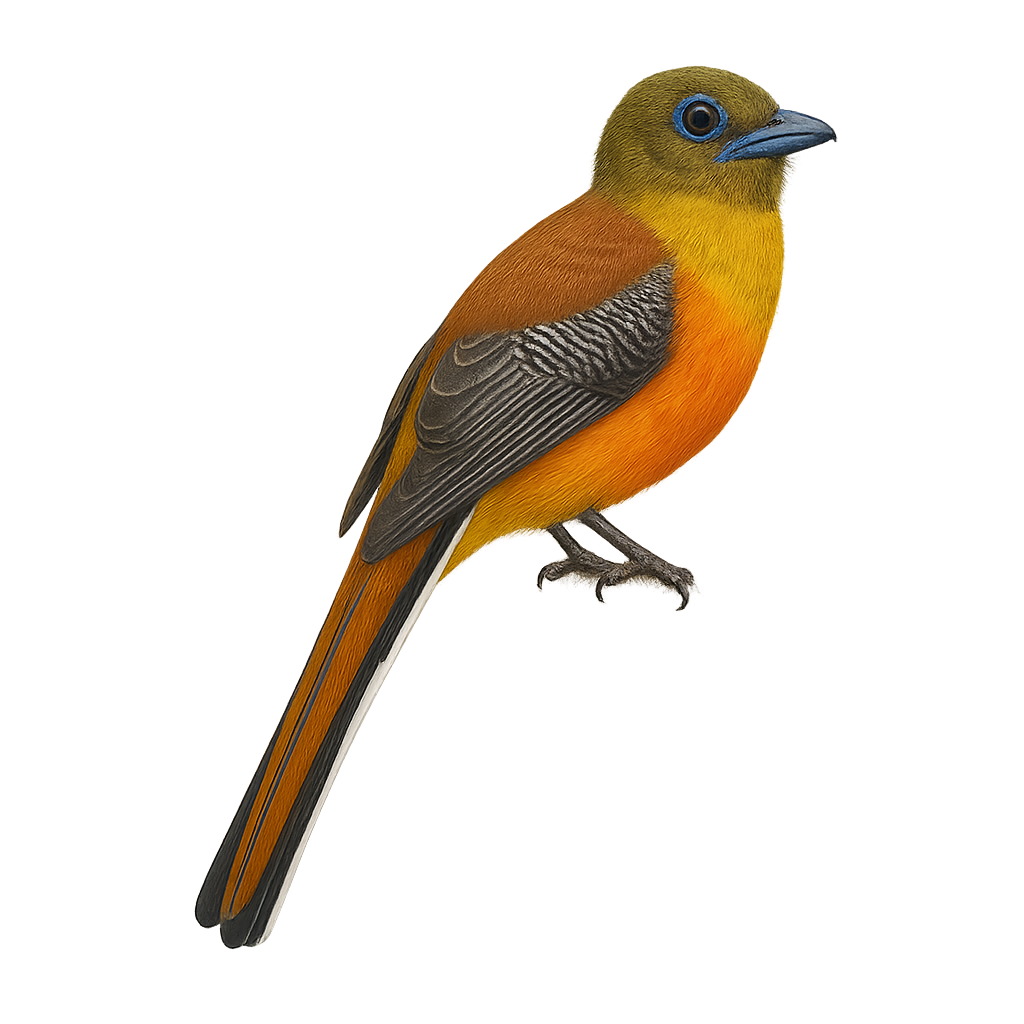Your wildlife photography guide.
Explore the orange-breasted trogon in detail, study its behavior, prepare your shots.
Where to observe and photograph the orange-breasted trogon in the wild
Learn where and when to spot the orange-breasted trogon in the wild, how to identify the species based on distinctive features, and what natural environments it inhabits. The WildlifePhotographer app offers tailored photography tips that reflect the orange-breasted trogon’s behavior, helping you capture better wildlife images. Explore the full species profile for key information including description, habitat, active periods, and approach techniques.
Orange-breasted Trogon
Scientific name: Harpactes oreskios

IUCN Status: Least Concern
Family: TROGONIDAE
Group: Birds
Sensitivity to human approach: Suspicious
Minimum approach distance: 10 m
Courtship display: March to April
Incubation: 17-19 jours
Hatchings: March to May
Habitat:
Tropical forests, dense forests, humid forests
Activity period :
Primarily active during the day, with peak activity in the morning and late afternoon.
Identification and description:
The Orange-breasted Trogon, or Harpactes oreskios, is a captivating bird found in the tropical forests of Southeast Asia. It is known for its vibrant plumage, featuring a bright orange breast and wings with shades of brown and black. This elusive bird prefers dense forests where it feeds mainly on insects and small fruits. Its melodious call often echoes through the canopy, although the bird itself is hard to spot due to its discreet behavior. The Orange-breasted Trogon nests in tree cavities, where the female typically lays two to three eggs. Although its habitat is threatened by deforestation, it remains relatively common in some areas.
Recommended lens:
400 mm – adjust based on distance, desired framing (portrait or habitat), and approach conditions.
Photography tips:
To photograph the Orange-breasted Trogon, it is advisable to use a 400mm lens or longer to capture detailed images from a distance. Look for areas where the bird is active, usually in dense forests. Be patient and discreet, as this bird is suspicious and can be difficult to spot. Use a tripod to stabilize your camera and wait for the bird to perch on an open branch for the best possible shot.
The WildlifePhotographer App is coming soon!
Be the first to explore the best nature spots, track rutting seasons, log your observations, and observe more wildlife.
Already 1 439 wildlife lovers subscribed worldwide

